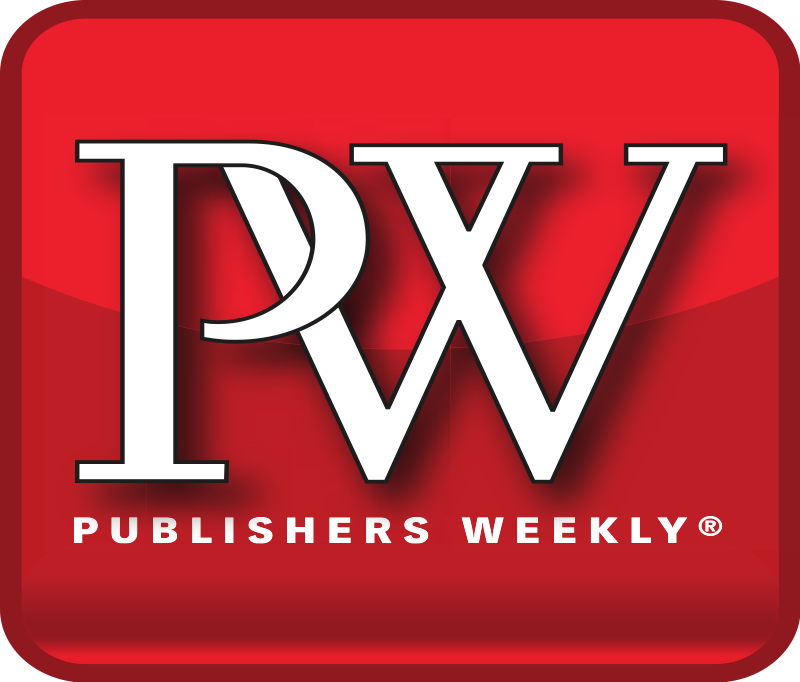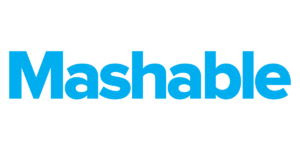Lessing, along with fellow panelists Zack Price, founder of Blog into Book (a book vendor and publisher), and Maureen McMahon, who is president and publisher of Kaplan Publishing, agreed that the books likely to be of most interest to third-party sellers are high-priced titles, including textbooks. Frontlist trade titles are less likely to have buy buttons from third-party sellers, but for deep backlist titles whose inventory may be thin, third-party sellers have a relatively high portion of the buy buttons, Price said.
Since a third-party seller must offer new books (as opposed to used) in order to win a buy button, determining where the companies are obtaining their books has been a question posed by publishers ever since Amazon allowed third-party sellers to compete for the buttons. During the webinar, there was no definitive answer, but panelists pointed to some of the same sources others mentioned a year ago: used books, review copies, gray market titles, and imports. McMahon noted that some sellers were selling so-called new copies of Kaplan’s out-of-print books.
Both McMahon and Price said that Amazon does try to police its sellers to make sure that they are indeed selling new books. Amazon “is cracking down” on third-party sellers who can’t prove that the books they are offering are new, Price said, adding that Amazon wants to ensure that its customers can trust the third-party sellers who are winning the buy buttons.
This article originally appeared on the Publishers Weekly website on 3/23/2018




